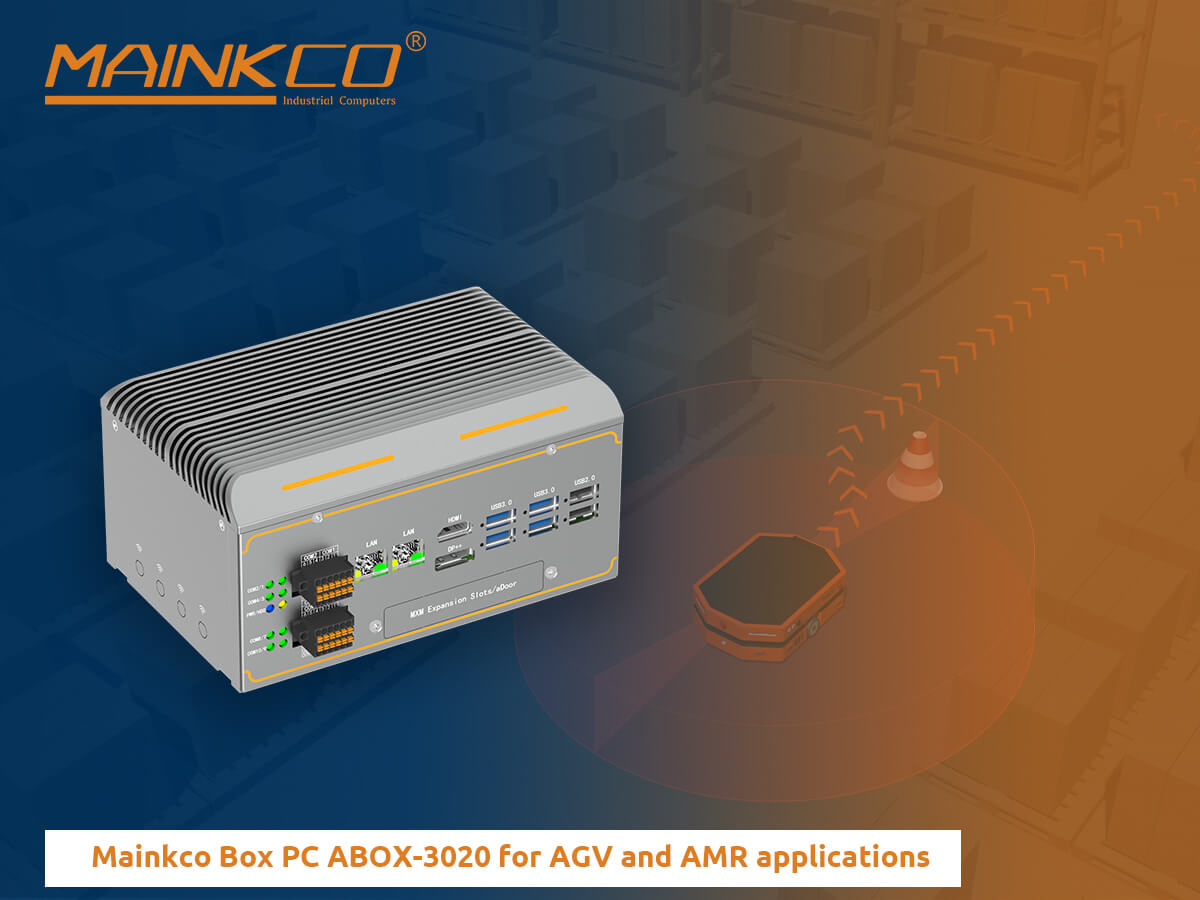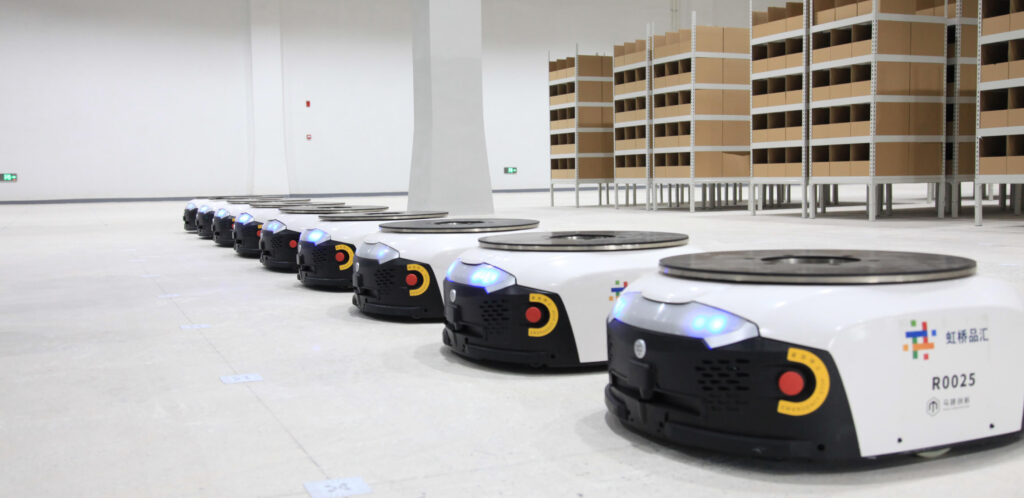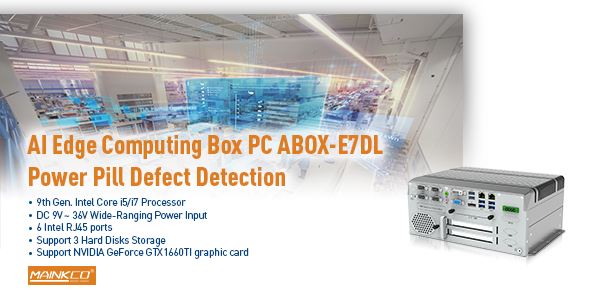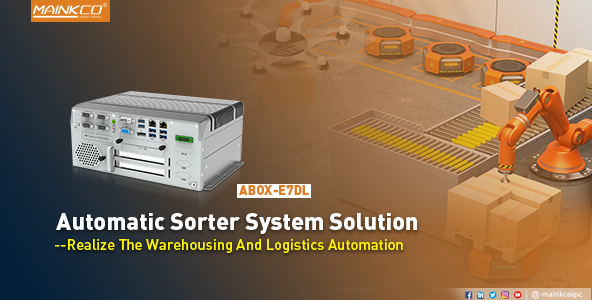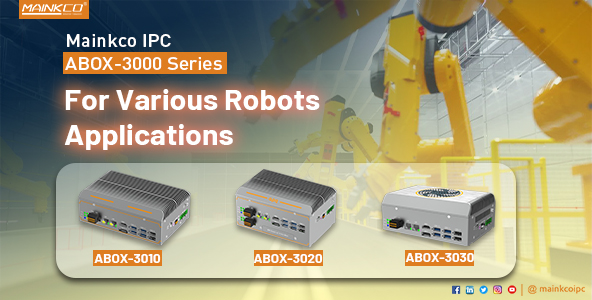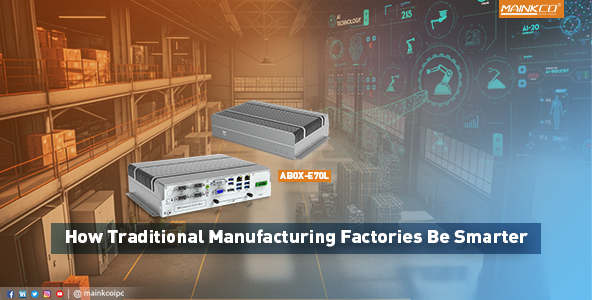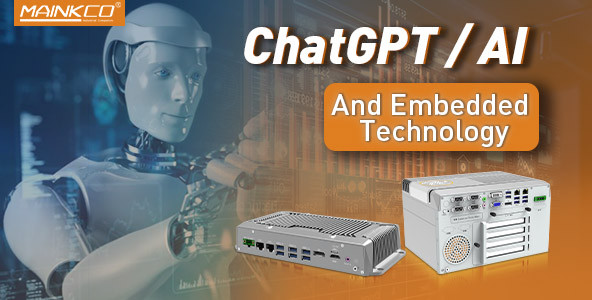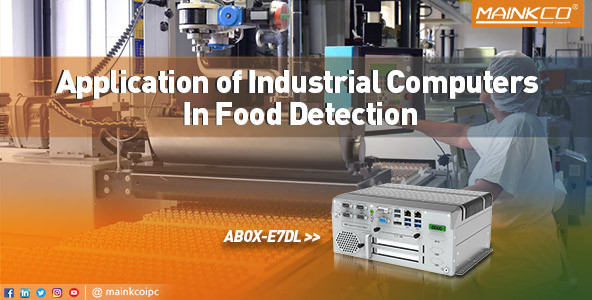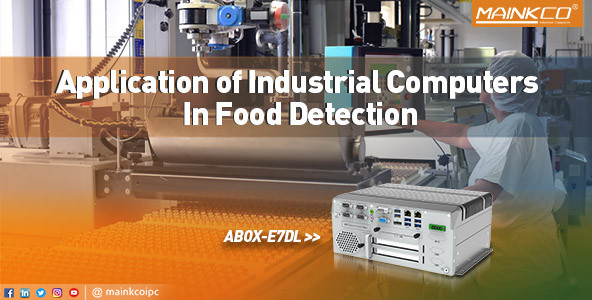AGV and AMR Market
As per LogisticsIQ™ latest market research study, AGV and AMR Market is expected to reach more than18 Billion by 2027 with a growth rate of around 24% and 43% for AGV and AMR respectively. Both AGVs and AMRs collectively are going to cross the installed base of 2.4 million in 2027 to make the mobile robots a new normal in our day-to-day operational activities.
Mobile Robots (AGV and AMR Market) are enabling the optimization of space in warehouse facilities in logistics and manufacturing and can reduce the need for new and costly green field fulfillment and distribution centers. While new centers are still being built, they are being built with robots and other automation in mind. Even these robotic systems are flexible and can be added or removed as per the requirement. But we are witnessing new applications of Autonomous Mobile Robots (AMR) and Automated Guided Vehicles (AGV) apart from logistics and manufacturing due to advancement in Artificial Intelligence (AI), Machine Vision, manipulation capabilities for automatic picking and placing, and robotic mechanics.
AGV and AMR market study is having a market analysis of more than 600 players (part of our exclusive AGV/AMR Market Map), Key Navigation Technologies, Major Form factors & Functions, Targeted Industry Verticals & Applications, and 20+ geographical regions. Analysis is validated through 80+ in-depth interviews across the value chain with components and technology providers, system integrators, robot manufacturers (OEM/ODM), robotic software & service providers, and end-user industry verticals. Apart this, study also focuses on different components and integral parts of AGV/AMR like Motion Control, Batteries & Chargers, Cameras / Vision Sensor, LiDAR, Sensor Fusion, QR Code and Wireless Communication.
AGV and AMR Market – Highlights
➤Industry witnessed a good growth despite of pandemic and is supposed to register more than $3 Billion sales in 2021. Around 640,000 mobile robots (AGVs & AMRs) are expected to be shipped in 2027 only with an installed base of 2.4 million.
➤AMRs are supposed to grow with a CAGR of ~43% between 2022 and 2027 and are going to be more attractive market as compared to AGVs by 2027 with relatively more shipment and TAM share.
➤United States, Germany, U.K., China and Japan are going to lead the market with an annual demand of more than 200,000 mobile robots (AGV & AMR) by 2027.
➤Goods to Person (G2P) and Person to Goods (P2G), both type of AMRs are having their own market with some advantages and disadvantage. It depends on what exactly can be more efficient and cost-effective solution for your existing or new warehouse.
➤Piece picking and sortation mobile robots are going to emerge as a new important category with a growth of 45% by 2027, especially in micro-fulfillment space
➤China is supposed to be hub for Autonomous Mobile Robots, both in terms of demand and supply as it is expected that Made in China AMRs will be 30%-40% more economical due to labour cost advantages and huge volume consumption in China itself.
➤After QR code, LiDAR, Vision Cameras and Sensor Fusions are the key navigation technologies to be commercialized in this space due to flexibility, safety concerns and higher accuracy. Even Sensor Fusion AMRs are expected to grow with ~70% growth rate. There are dedicated companies (Autonomy Service Providers) for navigation technology and software who are supporting mobile robot manufacturers to build such capabilities with the help of AI and Machine Vision.
➤Delivery, Retail and Cleaning are the emerging applications to target with an attractive growth of ~35% apart from logistics and manufacturing although absolute market size is relatively low.
AGV vs AMR
➤The study has considered Automated Guided Vehicles (AGV) where movement is highly structured and monolithic in static environment with the help of magnetic strips or wires. If there is any obstacle in the path then it has to be removed to make AGV in motion again. Re-deployment of guided technology like magnetic strips or wires is required with an additional cost if there is a change in the facility like renovation, upgrade or change in location.
➤Opposite of AGV, Autonomous Mobile Robot (AMR) works in dynamic environment with autonomous navigation. It creates and saves the locations or map of the facility to find the alternative path if there is an obstacle in the defined route. Also, it requires minimum changes as there is any change related to facility as AMR can be just unboxed and put to work within one hour if it’s already mapped with the facility. It’s extremely flexible to deploy.
Top Factors & Challenges
➤Automation is the key focus in manufacturing and logistics sector as a part of Industry 4.0 and Supply Chain 4.0 initiatives for continuous growth and sustainability. Robotics is an important aspect of this automation.
➤Growth in e-commerce is the main driver for AGV/AMR demand in warehouse automation. Global e-Commerce sales have grown at a CAGR of 20% over the last decade, reaching ~$4.5 trillion worldwide in 2021, and expected to grow to $7.5 trillion by 2026. The share of online retail sales has gone from 2% of total to ~13%, and is further expected to reach 22% by 2026.
➤High personnel costs and wage rates are especially high in the developed countries. Annual costs for a forklift operator can run up to $50,000. If a forklift has to be operated around the clock, then at least 3-4 drivers are needed. Adding the invest costs of $10,000 for a forklift truck to the personnel costs, the annual costs for one forklift come to over $200,000.
➤Artificial Intelligence and Deep learning are also at a tipping point and are already disrupting multiple industries and will definitely impact the way warehouses are operated currently. In Jan 2022, Berkshire Grey, Inc. introduced an artificial intelligence (AI)-enabled reverse logistics solution designed to help retailers accelerate the re-sale of returned goods and improve labor utilization in the returns process. This solution includes Berkshire Grey’s robotic product sortation with Identification (RPSi) and Robotic Shuttle Put Wall (RSPW) systems.
➤RaaS and different leasing options are reducing upfront investment as end-users are not having enough CapEx for pilot runs to validate the RoI. Now there are the options like Pay Per Pick, Pay Per Mile, Pay Per Peak Day etc. to balance your OpEx and RaaS cost.
➤Safety Challenge – The evolution of AGV/AMRs over the last 15 years has created a broad range of machines and markets. Everything from AGV/AMRs in the warehouse to the home. One of the key chasms in the world of AGV/AMRs is the safety requirement differences between “service” AGV/AMRs and “industrial” AGV/AMRs. While the intent is that no AGV/AMR harm a human, service robots operate in the realm of the human beings. Working environments for service robots might include operation in a grocery store, a retail store, a mall, a hospital, on the sidewalk or in the home.
Industrial Box PC for robot application:
Mainkco IPC ABOX-3020 is an upgrade model of ABOX-3010. It is also a high-performance industrial Box PC for robot application. Equipped with an Intel® 6th/7th Skylake or Kaby Lake -U series processors, ABOX-3020 provides high-performance computing with low energy consumption. The compact design (165 x 112 x 84.2 mm) ensures that the system fits perfectly into the industrial robots. Moreover, ABOX-3020 Box PC supports a wide operating temperature range (-20 ~ 60 °C) that ensures reliable function in freezers with a temperature of -20 °C. Industrial Box PCs ABOX-3020 is made from durable aluminum alloy and features a fan-less, dual wireless features, anti-vibration, and anti-shock design.
Compared to ABOX-3010 slim industrial box PC, ABOX-3020 supports more I/O interfaces via MXM/Adoor modules expansion. This modular concept designed & manufactured industrial box PC include 8 COM, 6 USB, 2 RJ45, HDMI and DP+, enabling flexible allocation and system integration. Mainkco IPC ABOX-3020 industrial box PC provides lots of convenience and possibilities for various industrial robots applications.
Key features:
– Rugged & Compact, fanless design box structure;
– On-board Intel 6th /7th Celeron, Core i3/i5/i7 -U series processors;
– Single DDR4 memory, up to 16GB, 1* M.2 2242/2280 SSD storage;
– 2* GLAN, optional 4G, WIFI/BT expansion, support dual 4G communication;
– 1 * HDMI and 1* DP++ (Ultra HD 4K) display ports;
– 2* USB2.0, 4* USB3.0, 8*COM, 1*HDMI, 1*DP++;
– Modular design, support MXM/Adoor various IO expansions;
– DC 12V power input, industrial operating temp. -20 ~ +60 ℃.
